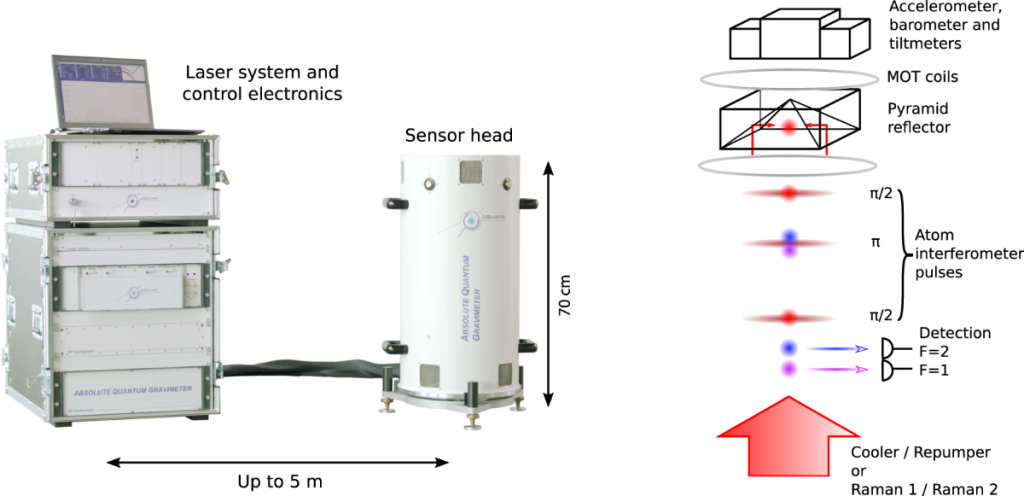Gravity, the fundamental force that governs the motion of celestial bodies and shapes the structure of the universe, has long fascinated scientists and engineers seeking to understand its intricacies. In the realm of precision measurement, gravimeters play a pivotal role, offering insights into gravitational variations with unparalleled accuracy. However, existing gravimeter technologies face limitations such as instability, dependence on cold temperatures, and bulkiness. In a groundbreaking development, a team of physicists and engineers from China has unveiled a novel solution—a small, highly sensitive gravimeter capable of operating stably at room temperature. This innovative device promises to revolutionize gravity measurement, opening new avenues for scientific exploration and technological advancement.
Challenges in Gravity Measurement: Traditional gravimeters have relied on two main approaches: small oscillators and superconducting materials. While both methods have their merits, they also pose significant challenges. Oscillator-based gravimeters suffer from aging issues, leading to decreased precision over time. On the other hand, superconducting gravimeters require cryogenic cooling systems, making them cumbersome and energy-intensive. These limitations have spurred researchers to seek alternative strategies that overcome these obstacles and enhance measurement accuracy.
The Dual Magnet Strategy: The breakthrough in gravity measurement comes from a dual magnet strategy devised by the interdisciplinary team of researchers. Central to their design is a configuration involving a large magnet positioned atop a smaller magnet housed within a graphite shell. The magnetic repulsion between the two magnets induces levitation, enabling vertical oscillations with remarkable stability. By finely adjusting the distance between the magnets, the team achieved oscillations at a frequency of just 1 Hz, laying the foundation for precise gravity measurement.
Laser-Based Detection Mechanism: Complementing the dual magnet setup is a sophisticated detection mechanism based on laser technology. A wire suspended from the larger magnet serves as a gravitational sensor, with its vertical movement reflecting changes in gravitational pull. A vertical laser beam, directed towards the wire, detects variations in intensity as the wire blocks its path during movement. This optical detection system provides real-time feedback on gravitational fluctuations, facilitating accurate measurement of gravity changes.
Validation and Performance: To assess the performance of their innovative gravimeter, the research team conducted rigorous testing in controlled environments. Placing the device in a vacuum chamber for several weeks allowed it to stabilize before conducting measurements. Over a period of five days, the gravimeter recorded gravitational signals from celestial bodies such as the moon and sun. Comparisons with predicted values revealed oscillations indicative of gravitational acceleration variations, demonstrating the device’s high accuracy and reliability.
Future Directions and Implications: While the room temperature gravimeter represents a significant leap forward in gravity measurement, the researchers emphasize that it serves as a proof-of-concept device with room for refinement. Future efforts will focus on enhancing the device’s robustness for field deployment, enabling portable and versatile gravity monitoring capabilities. Additionally, ongoing research aims to further optimize measurement sensitivity and precision, unlocking new insights into gravitational phenomena across diverse environments.
The development of a small, highly sensitive gravimeter capable of operating at room temperature heralds a new era in gravity measurement technology. By harnessing the principles of magnetism and laser detection, researchers have overcome longstanding challenges to achieve unprecedented accuracy in gravitational monitoring. As this innovative device continues to evolve and mature, it holds immense promise for scientific research, geological exploration, and industrial applications. With its potential to uncover hidden secrets of the cosmos and enhance our understanding of fundamental forces, the room temperature gravimeter stands as a testament to human ingenuity and curiosity in unraveling the mysteries of the universe.
